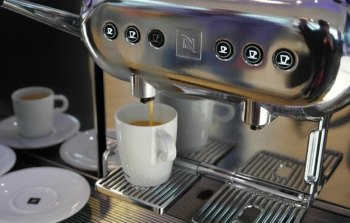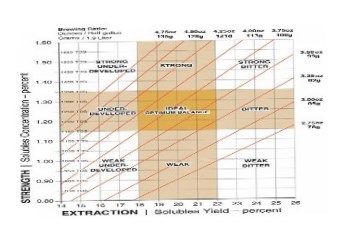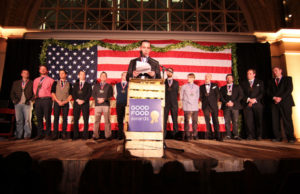The World of Coffee in Italy is Changing
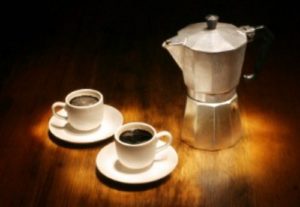 The Belpaese is the home of espresso, 80% of the world’s coffee-making machinery is manufactured in Italy, over nine out of ten Italians drink coffee, according to HostMilano 2017, but we have lost our top-ranking status: today, they say the best coffee is drunk in Sydney or New York, in London or in Portland, but not really in Italy. And yet things are now changing. “We lag some way behind in the global drive towards quality, but we have one big advantage: we have great taste,” says Alberto Polojac, owner of Imperator, “so we can catch up quickly. Something is undoubtedly moving now in what has always been a very traditional market, still tied to a fixed price, as if all coffee were the same. We need to generate a coffee renaissance, returning to tradition and picking up on the new ideas coming from abroad, while still catering to the Italian palate. Consumers, especially the younger generations, are ready for this, they are curious. Roasting concerns are less adventurous, and fixated on old-fashioned methods. But in actual fact, offering new origins and coming up with alternative extraction methods can be a great business opportunity.”
The Belpaese is the home of espresso, 80% of the world’s coffee-making machinery is manufactured in Italy, over nine out of ten Italians drink coffee, according to HostMilano 2017, but we have lost our top-ranking status: today, they say the best coffee is drunk in Sydney or New York, in London or in Portland, but not really in Italy. And yet things are now changing. “We lag some way behind in the global drive towards quality, but we have one big advantage: we have great taste,” says Alberto Polojac, owner of Imperator, “so we can catch up quickly. Something is undoubtedly moving now in what has always been a very traditional market, still tied to a fixed price, as if all coffee were the same. We need to generate a coffee renaissance, returning to tradition and picking up on the new ideas coming from abroad, while still catering to the Italian palate. Consumers, especially the younger generations, are ready for this, they are curious. Roasting concerns are less adventurous, and fixated on old-fashioned methods. But in actual fact, offering new origins and coming up with alternative extraction methods can be a great business opportunity.”
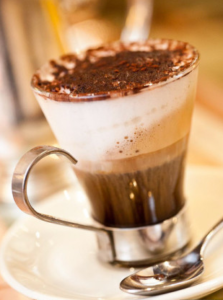 Edy Bieker, CEO of Sandalj, confirms this new wave: “There is a drive towards new quality types that are big on aroma and flavour. Alternative extraction systems are being considered. The main thing is to teach the value of coffee also by highlighting the defects of bad coffee, in order to give the right value to the product’s qualities. The problem is that you don’t have the idea of connoisseurship and of getting expert advice like you do in the wine business: coffee is just coffee, whether you make it at home or go to a bar. It will take time to change this mentality but the way has been paved for this to happen. What you need to do is arouse people’s curiosity, and demonstrate that coffee is much more than an everyday beverage, which you can do quite simply by offering two different types in bars, distinguished perhaps by price. In this way consumers would be forced to make a choice and it would make them eager to learn more.”
Edy Bieker, CEO of Sandalj, confirms this new wave: “There is a drive towards new quality types that are big on aroma and flavour. Alternative extraction systems are being considered. The main thing is to teach the value of coffee also by highlighting the defects of bad coffee, in order to give the right value to the product’s qualities. The problem is that you don’t have the idea of connoisseurship and of getting expert advice like you do in the wine business: coffee is just coffee, whether you make it at home or go to a bar. It will take time to change this mentality but the way has been paved for this to happen. What you need to do is arouse people’s curiosity, and demonstrate that coffee is much more than an everyday beverage, which you can do quite simply by offering two different types in bars, distinguished perhaps by price. In this way consumers would be forced to make a choice and it would make them eager to learn more.”
Of course that still leaves the problem of the coffee roasting concern that is willing to pay for machinery, equipment and sometimes even furnishings to have the monopoly on the blend, which can be to the detriment of quality. “We are investing heavily in research and product improvement,” says Paolo Uberti, owner of Trismoka. “We are looking for niche markets that are keen to taste an exceptional espresso. We Italians are brilliant at creating blends, and we are proud to  be Italian. Abroad, the world of Italian coffee roasters is perceived as a market that is lowering the level, so you need to get across the idea of quality, also by proposing mono-origin coffees roasted in a non-aggressive way. In addition, we can no longer afford to ignore other extraction methods, like brewing, for which the coffee needs to be roasted in a different way. Unfortunately, the coffee industry is not governed by any DOP and DOC regulations to protect and control its origin. So communication is crucial, among other things to get people thinking in terms of price differentiation. For the last few years I have been working with a small group of baristas, with one blend sold at one euro and a mono-origin at 1.50, and I have also provided them with material that explains the difference to help educate the public: you have to start with the consumer if you want to change the market.”
be Italian. Abroad, the world of Italian coffee roasters is perceived as a market that is lowering the level, so you need to get across the idea of quality, also by proposing mono-origin coffees roasted in a non-aggressive way. In addition, we can no longer afford to ignore other extraction methods, like brewing, for which the coffee needs to be roasted in a different way. Unfortunately, the coffee industry is not governed by any DOP and DOC regulations to protect and control its origin. So communication is crucial, among other things to get people thinking in terms of price differentiation. For the last few years I have been working with a small group of baristas, with one blend sold at one euro and a mono-origin at 1.50, and I have also provided them with material that explains the difference to help educate the public: you have to start with the consumer if you want to change the market.”

